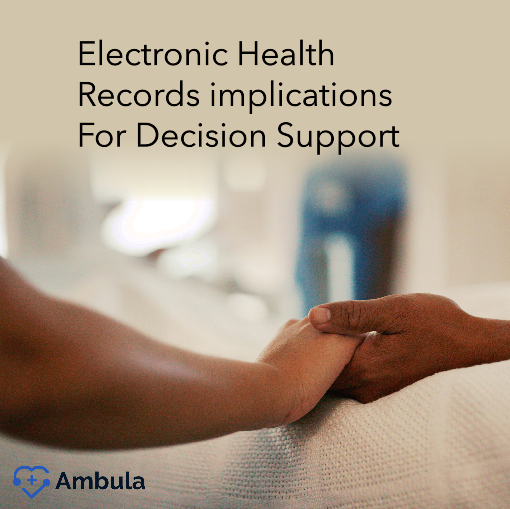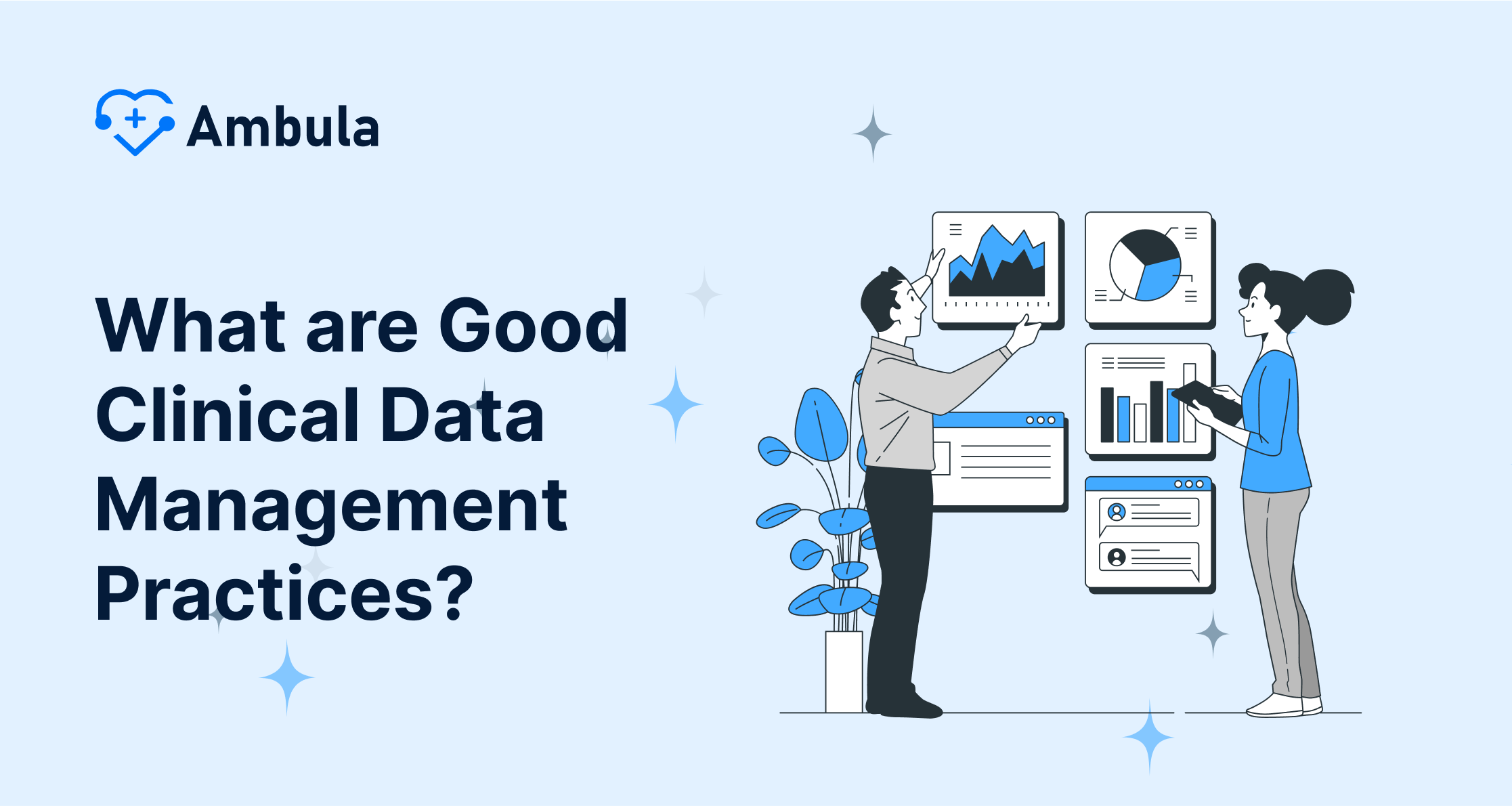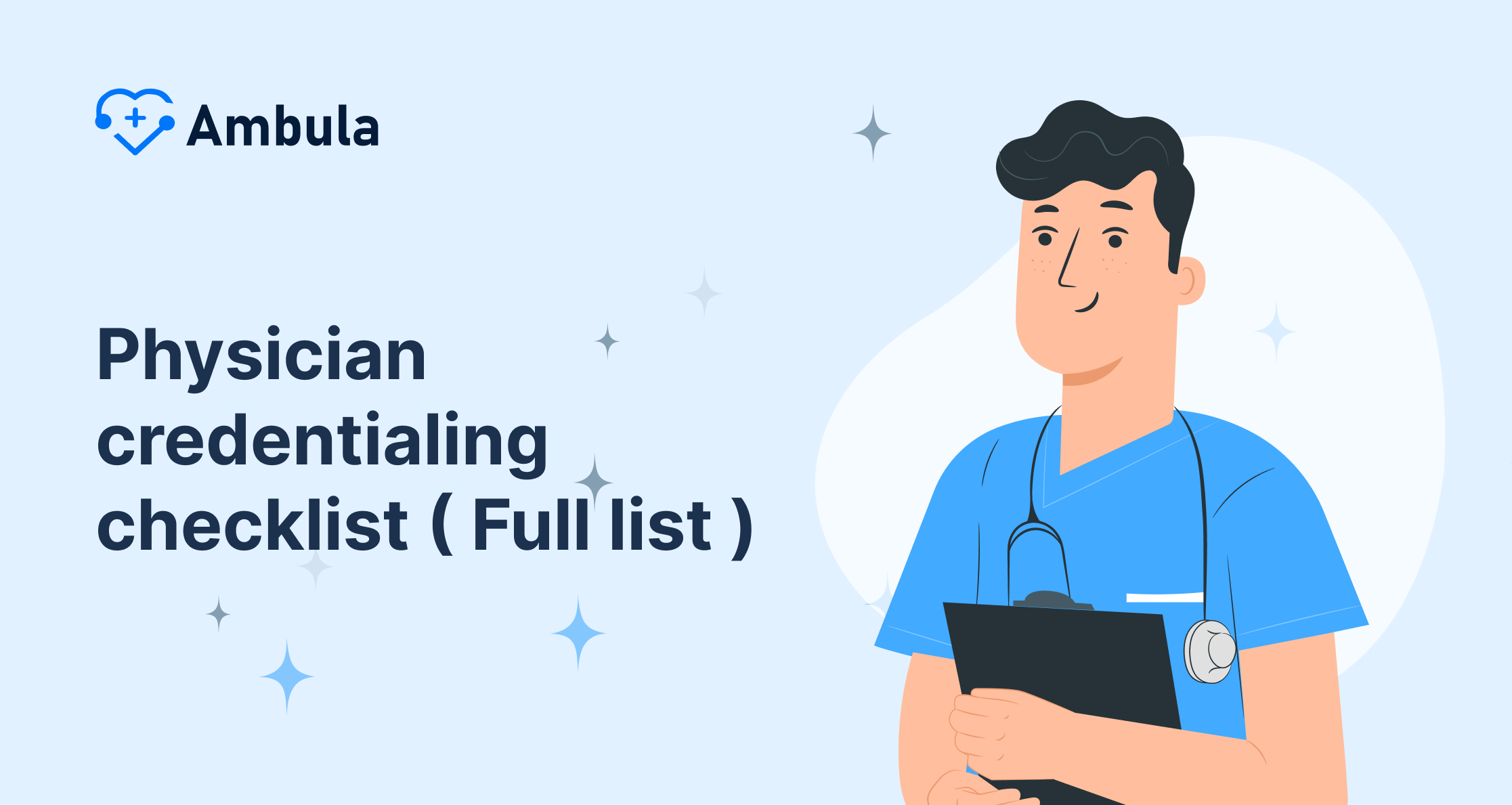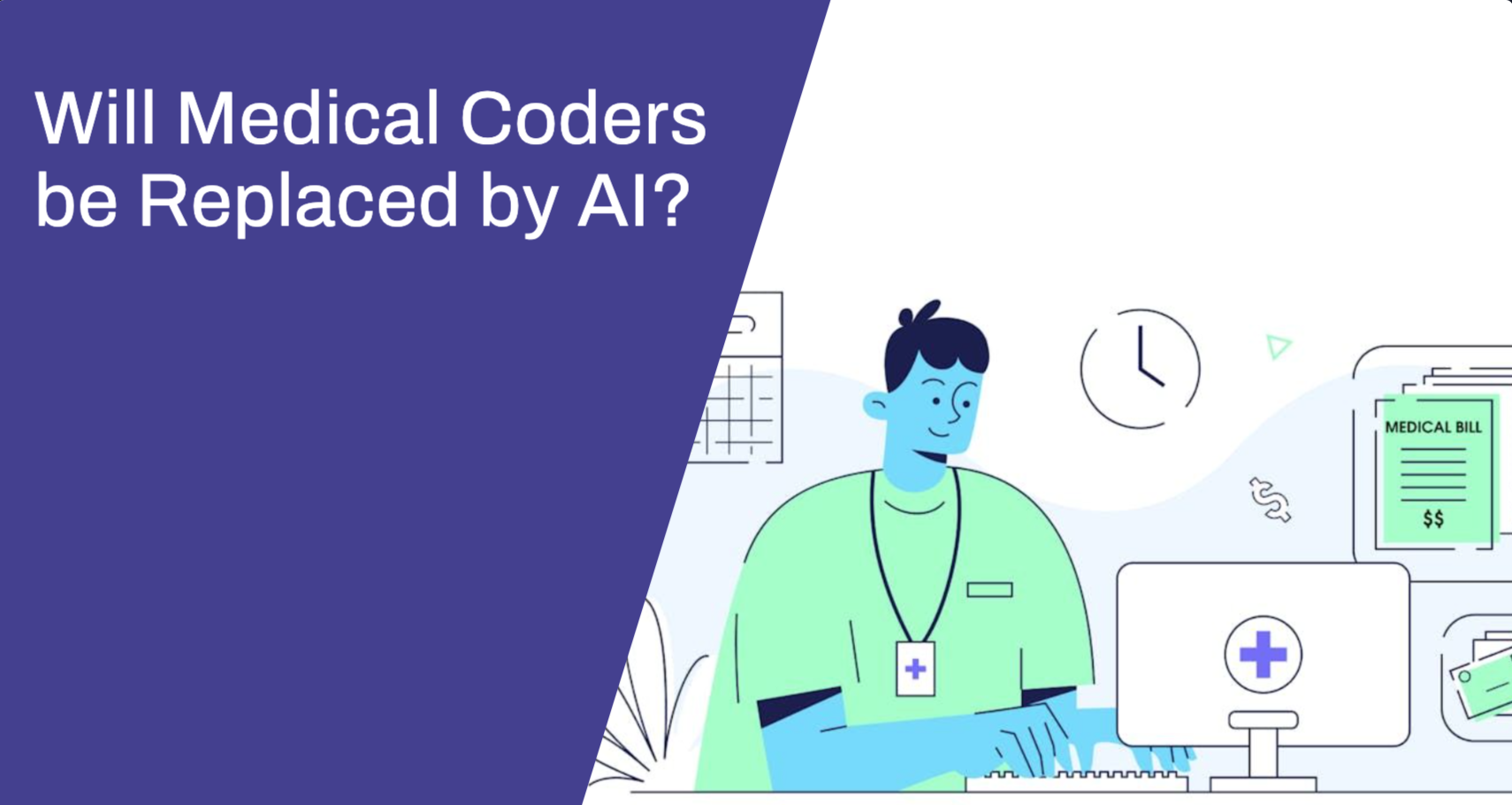
In the overture of evolving modern healthcare, healthcare technology occupies a central position. Electronic Health Records (EHRs) are bringing a revolutionary shift in the realm, operating as the backbone of our health system, successfully enhancing patient care and driving decision-making processes. EHRs are digitized patient health information systems that provide real-time, patient-centered records, making the information available securely and instantly.
The tactical convergence of these two tops – EHR and Clinical Decision Support (CDS) – spawns new opportunities for a future of predictive, personalized care.
Clinical Decision Support and Predictive Analytics
Unifying EHRs with Clinical Decision Support (CDS) systems allows healthcare professionals to exploit predictive analytics to identify patterns and predict potential health complications before they escalate. This analysis becomes possible by monitoring key health indicators and trends within EHRs, giving clinicians valuable insight into their patients’ health trajectories.
Using predictive analytics embedded in EHRs, healthcare providers can track, monitor, and even forecast potential health complications. This allows them to address issues before they become critical. Doctors can implement preventive measures by predicting patient health trends and improving patient outcomes.
This proactive and personalized approach in healthcare driven by predictive analytics can save lives and reduce costs significantly. It ensures patients get the care they need exactly when they need it. Hospitals can also manage their resources better, ensuring the best care delivery to the maximum patients.
Enhanced Data Sharing for Collaborative Care
Through EHRs, the sharing of patient information among healthcare providers is simplified significantly. This enhances care coordination and improves health outcomes, as all the stakeholders in a patient’s care journey have consistent and updated health information at their disposal.
Enhanced data sharing also has profound implications for patients with complex medical conditions. These patients often receive healthcare from multiple providers, and through an EHR, all providers involved can simultaneously access a patient’s real-time data. This facilitates informed decision-making, ensuring the care plan is thorough and effective.
Dynamic Patient health information exchange across various healthcare settings is instrumental in improving care coordination and optimizing patient outcomes. It eliminates redundant tests, prevents prescription errors, and ensures that all healthcare providers are on the same page regarding the patient’s health status and treatment plans.
Streamlining Clinical Workflow with Decision Support
EHR integration introduces advanced capabilities of decision support within clinical workflows. These workflows can include alert mechanisms about a patient’s health status, allowing caregivers to make informed decisions quickly. EHR systems can streamline various administrative tasks, freeing healthcare professionals to focus more on patient care.
These alert mechanisms can be used to manage a patient’s health proactively. For example, EHRs can send reminders for scheduled health screenings, promote adherence to treatment regimens, and provide alerts in case of deviations from a patient’s normal health parameters.
The EHR can intelligently prioritize tasks based on urgency and patient health status. As a result, healthcare providers can efficiently manage their workload, ensure timely interventions, and improve patient outcomes. It eliminates time spent on paperwork and allows for a more patient-centered approach in a healthcare setting.
Improved Patient Safety and Quality of Care
Leveraging EHRs can significantly enhance patient safety. Integrated EHR-CDS systems can alert healthcare providers about potential medication conflicts, allergies, or abnormal test results, which aids in averting preventable medical errors.
EHRs promote data-driven and evidence-based practice, leading to accurate diagnoses, effective treatment plans, and improved patient outcomes. They can further manage and track a patient’s health outcomes, ensuring continuous improvement in care quality.
By offering recommendations based on the patient’s health history and current health status, EHRs assist in designing personalized treatment protocols. Moreover, EHRs help maintain standardized care protocols, resulting in less variability in care and thus enhancing patient safety.
Real-time Monitoring and Smart Alerts
Integration of EHR technology with CDS can offer real-time monitoring and smart alert systems. These automated alerts can extend beyond medical indicators, like blood pressure or glucose levels, to include other essential factors, such as appointment reminders or medication schedules.
The real-time monitoring feature can be particularly useful for patients with chronic conditions, where any significant change in health parameters can trigger an automated alert. This allows healthcare providers to intervene promptly and adjust the treatment plan accordingly.
This improved disease management can improve health outcomes, increase patient compliance, and reduce hospital readmissions. The real-time monitoring and alerts also indirectly contribute to enhanced patient engagement, as patients feel more involved and informed about their health progress.
EHRs and Evidence-based Medicine
Fuller adoption of EHRs can support evidence-based medicine effectively by offering immediate access to the latest research outcomes, highlighting comparative effectiveness studies, and integrating knowledge into clinical practice.
In clinical practice, EHRs can make it easier to apply evidence-based guidelines. Providers can offer personalized care by combining patient-specific information and general clinical guidelines. Treatment plans can be adjusted based on emerging evidence, and patient responses to treatments can help create new guidelines.
EHRs can also support the research required for developing evidence. Integrating patient data from various sources can provide researchers with a rich database for observational studies. This can substantially contribute to the evolution of new evidence, resulting in newer and more effective treatment modalities.
Reducing Costs and Improving Efficiency
The alliance of EHRs with clinical decision support reduces healthcare costs by reducing operational inefficiencies. Preventing redundant tests, reducing medical errors, and enhancing preventive health care can streamline operations and increase patient satisfaction.
EHRs can manage everything from patient appointment schedules to department billings and communications. Such efficient information management can lead not only to improved patient care but also to substantial cost savings.
Investments in EHRs can result in cost savings over time. With an extended ability to store, retrieve, and manage large amounts of data securely, EHRs can help reduce expenditures associated with data storage in healthcare settings. They can also facilitate non-face-to-face patient-provider communication, such as telehealth, thereby saving time and resources for both providers and patients.




